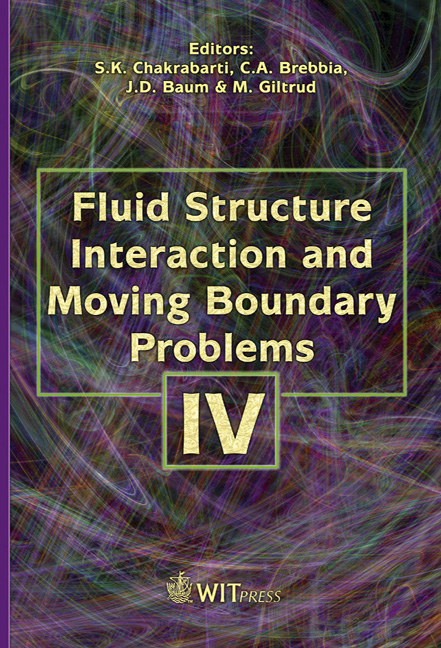Numerical Modelling Of Gas-solid Interface For Homogeneous Propellant Combustion
Price
Free (open access)
Transaction
Volume
92
Pages
10
Published
2007
Size
593 kb
Paper DOI
10.2495/FSI070271
Copyright
WIT Press
Author(s)
A. Peratta
Abstract
This paper reports on the implementation and results obtained with a timedependent Arbitrary Lagrangian–EulerianFinite Volume calculation for modelling the fluid–solid interface in laminar burning of solid energetic materials. The formulation is based on the conservation equations of mass, momentum and energy troughout the moving interface. Degradation-pirolysis and combustion are taken into account in the solid and gase phase, respectively. The chemical model is implemented with 7 unidirectional global reactions and 12 reactive species. The outcomes of the model are pressure, temperature, density, heat release, species concentration, gas speed and bulk burning rate. The numerical model is able to describe the main characteristics of the flame structure, including the induction (dark) zone. Burning rates and species concentration profiles are in good agreement with experimental measurements and previously published literature. The method can be used to study a variety of time-dependent processes including transient ignition, extinction, and combustion instabilities. 1 Introduction Solid energetic materials are mostly used for rocket propulsion systems in either space or defence industry. Other applications include pyrotechnic actuators, boosters, manoeuvring and safety devices, as well as air-bags for automobile safety [1] and gas generators. Among the large family of solid energetic materials are the \“smokeless” homogeneous propellants, developed several decades ago, which are still in use in many of the above mentioned applications. The homogeneous propellant, also known as Double-Base propellant (DBP) carries both oxidising and reducing chemical agents in the same molecular structure, usually composed of a homogeneous mixture of Nitroglycerine (NG) and
Keywords





